Description
100mg
DiPT
(N,N-diisopropyltryptamine, Diisopropyltryptamine, N,N-diisopropyltryptamine, 3-[2-(diisopropylamino)ethyl]indole)
Molecular Formula: C16H24N2
Molecular Weight: 244.379 g/mol
Form: HCl salt
IUPAC: 3-[2-(Dimethylamino)ethyl]-1H-indol-4-yl acetate
CAS: 14780-24-6
NMR: Available upon requestMaterial Data Safety Sheet: Available upon request, hard copies are mailed with orders
LCMS: N/A
Appearance: Slightly off-white fine powder
References and Abstracts:
N,N-Diisopropyltryptamine (DIPT) and 5-methoxy-N,N-diisopropyltryptamine (5-MeO-DIPT). Two orally active tryptamine analogs with CNS activity February 1980 Communications in psychopharmacology 4(5):363-9
Abstract: Two of the major, naturally occurring, tryptamine hallucinogens are N,N-dimethyltryptamine (DMT and 5-methoxy-N,N-dimethyltryptamine (5-MeO-DMT). Although they are active in man only parenterally, it has been found that the N-isopropyl homologs of these two bases are both orally active, and have human potency similar to their methyl counterparts. N,N-Diisopropyltryptamine (DIPT, I) effects a passive and neutral psychotomimetic state, but one that embodies an unusual degree of auditory distortion, both in the pitch and the timbre of perceived sounds. N,N-Diisopropyl-5-methoxytryptamine (5-MeO-DIPT), on the other hand, produces a talkative and disinhibited state with easy emotional expression.
Discriminative Stimulus Effects of N,N-Diisopropyltryptamine October 2012 Psychopharmacology 226(2) DOI10.1007/s00213-012-2891-x
Abstract: Rationale: Serotonergic hallucinogens such as (+)-lysergic acid diethylamide (LSD) and dimethyltryptamine (DMT) produce distinctive visual effects, whereas the synthetic hallucinogen N,N-diisopropyltryptamine (DiPT) is known for its production of auditory distortions. Objective: This study compares the discriminative stimulus effects of DiPT to those of visual hallucinogens. Methods: Adult male rats were trained to discriminate DiPT (5 mg/kg, 15 min) from saline under a FR10 schedule. A dose-effect and time course of DiPT’s discriminative stimulus effects were established. DMT, (-)-2,5-dimethoxy-4-methylamphetamine (DOM), LSD, (±)-methylenedioxymethamphetamine (MDMA), and (+)-methamphetamine were tested for cross-substitution in DiPT-trained animals. Results: Rats learned to discriminate DiPT from saline in an average of 60 training sessions (30 drug and 30 saline). DiPT (0.5-5 mg/kg) produced dose-dependent increases in drug-appropriate responding (DAR) to 99 % (ED(50) = 2.47 mg/kg). Onset of the discriminative stimulus effects was within 5 min, and the effects dissipated within 4 h. Full substitution for the discriminative stimulus effects of DiPT occurred with LSD, DOM, and MDMA. DMT only partially substituted for DiPT (65 % DAR), whereas (+)-methamphetamine failed to substitute for DiPT (29 % DAR). Conclusions: The discriminative stimulus effects of DiPT were similar those of a number of synthetic hallucinogens, only partially similar to those of DMT, but not similar to (+)-methamphetamine. The putative DiPT-induced auditory distortions do not lead to discriminative stimulus effects distinguishable from other hallucinogens.

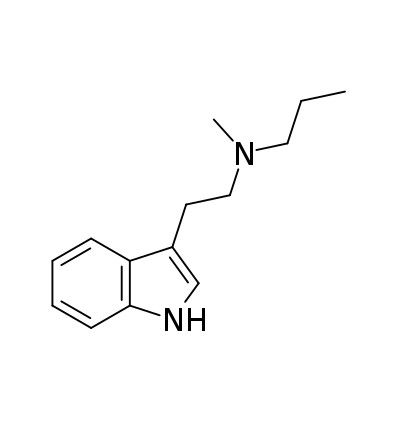

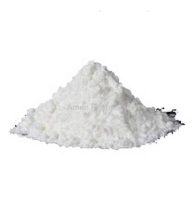
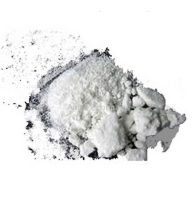
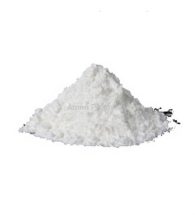
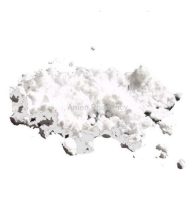
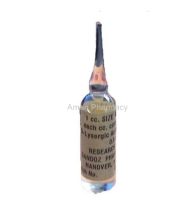
Reviews
There are no reviews yet.